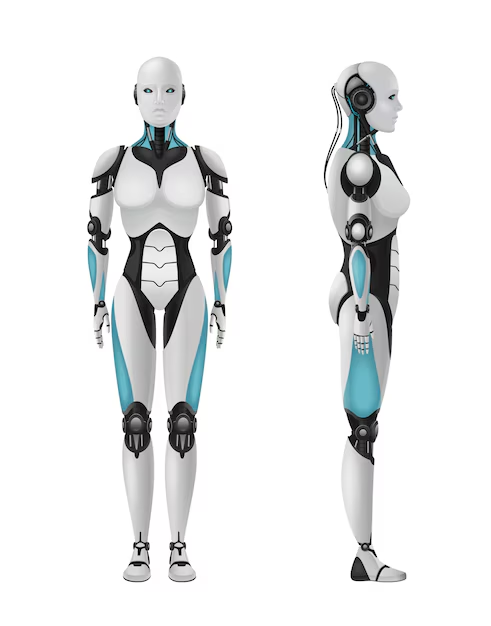The concept of human-like robots has long captivated our imaginations, inspiring countless works of science fiction. Today, that future is becoming a reality, thanks to advancements in artificial intelligence and robotics. Android human robots, with their ability to mimic human appearance and behavior, are poised to revolutionize various industries and our daily lives.
Understanding Android Human Robots
Android human robots are sophisticated machines designed to resemble humans in both appearance and function. They are equipped with advanced sensors, actuators, and artificial intelligence systems that enable them to interact with their environment and perform tasks that were once exclusive to humans.
Key Features and Capabilities:
-
Humanoid Form:
Android robots possess a human-like physical form, including limbs, a torso, and a head.
-
Artificial Intelligence:
They are powered by advanced AI systems that allow them to learn, reason, and make decisions.
-
Natural Language Processing:
Android robots can understand and respond to human language, facilitating communication and interaction.
-
Facial Recognition:
They can recognize and identify individuals based on their facial features.
-
Gesture Recognition:
Android robots can interpret human gestures and body language.
-
Task Performance:
They are capable of performing a wide range of tasks, from simple chores to complex operations.
Applications of Android Human Robots
Android human robots have the potential to transform numerous industries and improve our quality of life. Some of the most promising applications include:
-
Healthcare:
Assisting with patient care, rehabilitation, and companionship for the elderly and disabled.
-
Customer Service:
Providing personalized assistance and enhancing customer experiences in retail, hospitality, and other service sectors.
-
Education:
Serving as teaching assistants, tutors, and language learning companions.
-
Research and Development:
Assisting scientists and researchers in laboratories and field work.
-
Entertainment:
Providing entertainment and companionship in homes, nursing homes, and other settings.
Ethical Considerations and Challenges
As android human robots become more advanced, it is essential to address the ethical implications and challenges associated with their development and deployment. Some key considerations include:
-
Privacy and Security:
Protecting sensitive data and ensuring the security of android robots to prevent misuse.
-
Job Displacement:
Addressing concerns about job loss as robots become more capable of performing tasks traditionally done by humans.
-
Emotional Connections:
Exploring the potential for emotional bonds between humans and android robots.
-
Regulation and Governance:
Establishing guidelines and regulations to govern the development and use of android human robots.
The Future of Android Human Robots
The future of android human robots is filled with exciting possibilities. As technology continues to advance, we can expect to see even more sophisticated and capable robots that can seamlessly integrate into our daily lives. From healthcare companions to personal assistants, android human robots have the potential to revolutionize society and shape the future of human-machine interaction.
Conclusion
Android human robots represent a significant milestone in the field of robotics and artificial intelligence. With their ability to mimic human behavior and perform a wide range of tasks, they have the potential to transform various industries and improve our quality of life. However, it is crucial to address the ethical considerations and challenges associated with their development and deployment to ensure a responsible and beneficial future.


